Formal Thank You Letter Template for Professional Use
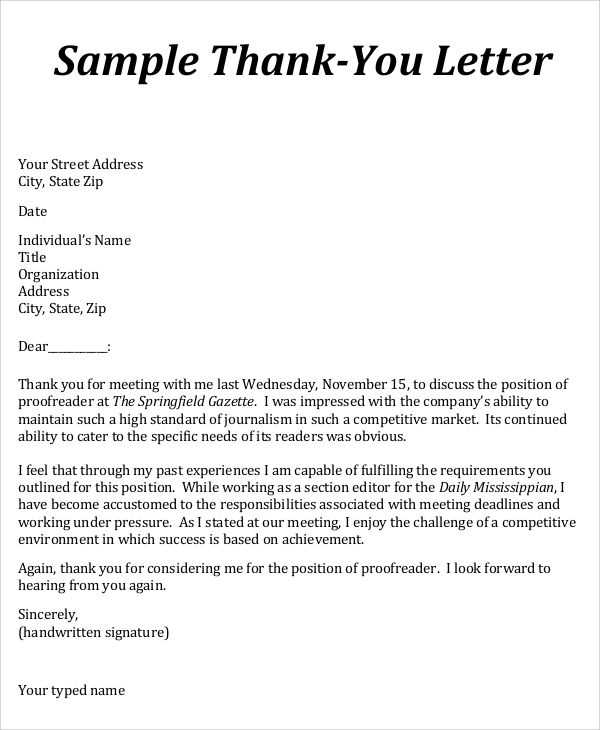
Expressing gratitude through written communication is a powerful tool in both professional and personal settings. Crafting a well-constructed note of appreciation can leave a lasting impression, showcasing your respect and recognition towards the recipient. Whether it’s for a colleague, a business partner, or a service provider, a carefully worded message conveys thoughtfulness and sincerity.
In this guide, you will discover how to structure your message to ensure it resonates positively. By focusing on key elements and maintaining a tone that reflects both professionalism and warmth, your communication will stand out for its clarity and effectiveness. The art of acknowledging others is simple yet profound when approached with the right approach.
Mastering the balance between courtesy and precision is essential. Understanding how to craft a message that is both polite and clear will enhance the overall impact, making it easier for the reader to understand your appreciation. Through this process, you will learn how to make each word count, ensuring that your message is as meaningful as it is well-received.
Professional Appreciation Message Guide
Sending a well-composed note to express gratitude in a professional environment is an important practice. It not only helps build strong relationships but also reflects your ability to communicate effectively and thoughtfully. Crafting such a message requires attention to detail, ensuring that the tone remains respectful, clear, and suitable for the context.
In this section, we will explore how to structure an appropriate communication of gratitude. Focusing on the key components of an appreciation message, you will learn how to express your sentiments without overcomplicating the language. Keeping it concise yet meaningful is essential for leaving a positive impression.
Key Elements of a Professional Appreciation Message
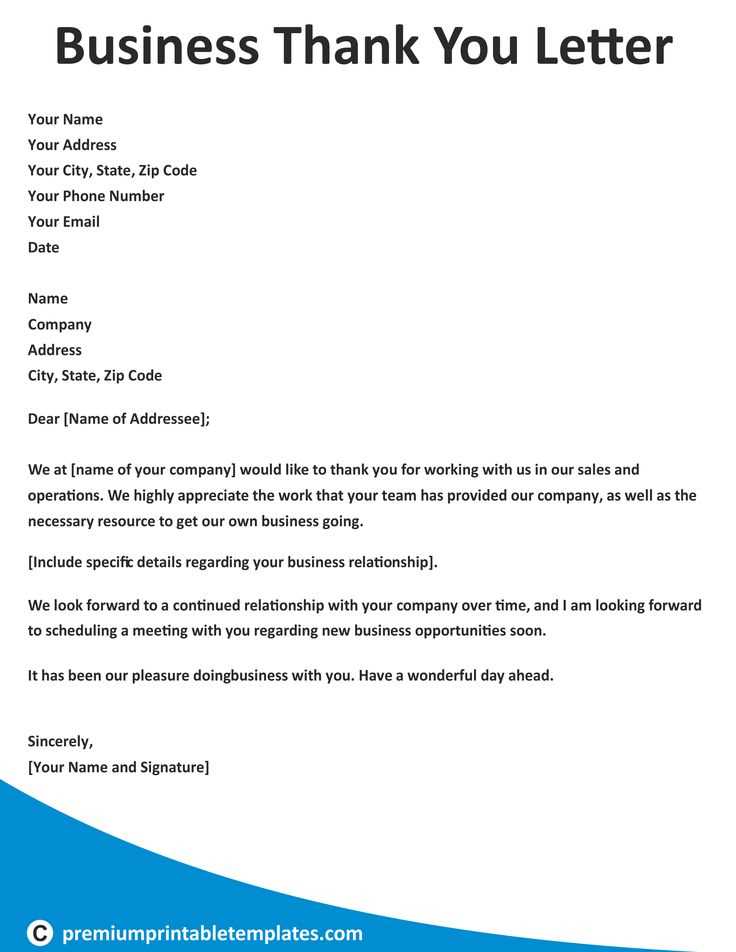
When writing an appreciation message, certain components should always be included to ensure its effectiveness. These components help to create a structured and respectful tone. The main elements to consider are:
| Element | Purpose |
|---|---|
| Opening Salutation | Greets the recipient and sets the tone for the message. |
| Expression of Gratitude | Clearly states what you are appreciative of. |
| Specific Details | Provides context or highlights particular contributions or actions. |
| Closing Remarks | Ends the message on a positive note, reinforcing appreciation. |
How to Personalize Your Message
Tailoring your message to reflect the recipient’s unique contributions is a critical step in enhancing the sincerity of your communication. Rather than using a generic approach, incorporate personal touches to make the recipient feel valued. Mentioning specific actions or qualities that you truly admire will not only reinforce the impact of your message but also help strengthen your relationship.
How to Craft a Grateful Message
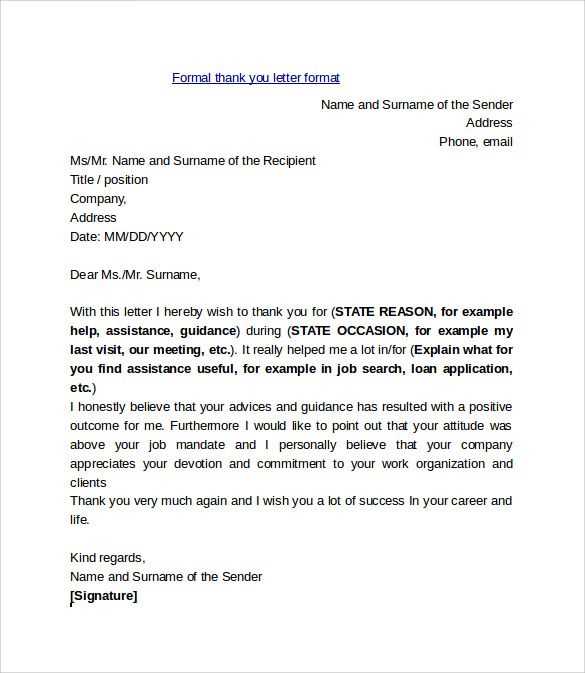
Creating a well-written expression of appreciation requires a thoughtful approach. It’s essential to convey your feelings clearly and sincerely while maintaining professionalism. A message of gratitude should be concise yet impactful, leaving the recipient with a sense of being valued and acknowledged for their efforts.
To ensure your message resonates, focus on delivering specific compliments, highlighting the recipient’s positive qualities or actions. This approach avoids sounding generic and makes the appreciation feel personal and genuine. Whether for a colleague, client, or business partner, the tone and wording should reflect the significance of the relationship and the gesture.
Choosing the Right Tone and Language
The language you choose plays a crucial role in setting the right tone. Use polite, respectful language, and ensure that your message matches the context–whether formal or semi-formal. Avoid overly casual expressions, but also steer clear of language that feels too stiff or distant. Striking the right balance will make your message sound both sincere and appropriate.
Expressing Specific Appreciation
Generalized statements can often feel empty, so it’s important to focus on what the recipient did and how it made a difference. Highlight particular actions or contributions that stood out, explaining their impact on you or the larger context. This adds depth to your message and makes it clear that your gratitude is genuine.
Essential Components of a Gratitude Message
When composing a message of appreciation, certain elements are crucial to ensure its effectiveness and sincerity. A well-structured note not only conveys your gratitude but also strengthens the relationship between you and the recipient. Understanding these key components will help you create a meaningful and impactful message.
Every message of gratitude should begin with a courteous greeting to set a respectful tone. Following that, clearly stating what you are acknowledging or appreciating is important, as it gives the recipient a sense of the specific impact they have had. Additionally, a closing statement that reiterates your appreciation helps reinforce your positive sentiment and leaves a lasting impression.
Customizing Your Appreciation Text
Tailoring your message to suit the individual recipient is an important step in making it feel genuine and thoughtful. Personalization not only enhances the connection but also demonstrates that you have taken the time to reflect on the recipient’s specific actions or qualities. A well-customized expression of gratitude feels more sincere and impactful.
To personalize your message, incorporate details that highlight the recipient’s contribution, mentioning specific actions or outcomes that you found meaningful. This not only shows appreciation but also reinforces the positive aspects of your relationship. A message that speaks directly to the individual is far more memorable than a generic note.
When to Send a Formal Appreciation
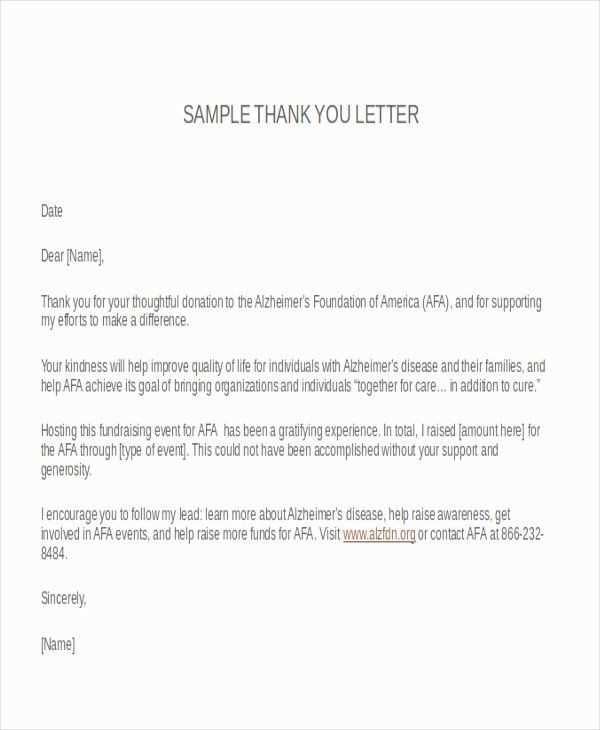
Knowing the right moment to express gratitude is essential for making the message feel timely and relevant. Sending a well-crafted note at the appropriate time can significantly enhance the recipient’s perception of your appreciation. Whether in response to a specific act or as a follow-up to an event, timing plays a key role in ensuring your message has the desired effect.
It is important to send your appreciation promptly after the action or event takes place. Delaying the gesture can reduce its impact and make it seem less genuine. Consider sending your message within a few days of the event, as this will make the recipient feel recognized while the experience is still fresh.
When to Express Gratitude in Business
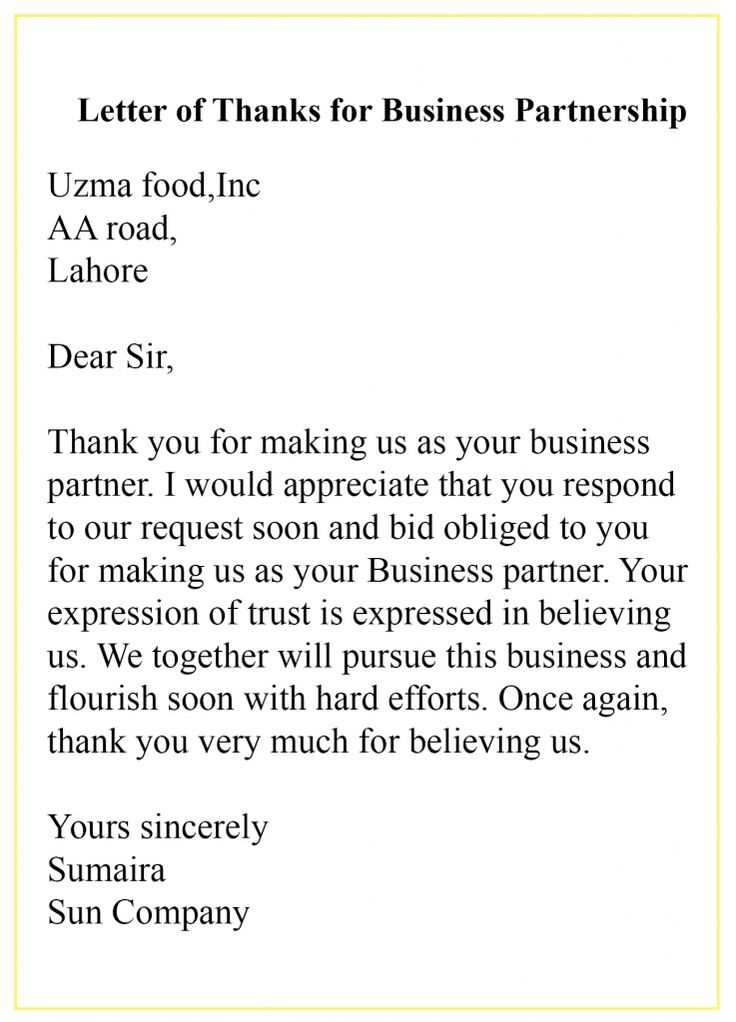
In professional environments, sending an expression of appreciation can be crucial after key interactions such as meetings, collaborations, or after receiving help on a project. A timely message not only demonstrates your acknowledgment but also strengthens your professional rapport.
Personal Occasions for Appreciation Messages
On a personal level, sending a note of appreciation is appropriate after significant milestones, like receiving a favor or being given thoughtful advice. A well-timed message in such situations will show your gratitude and help solidify the relationship.
Common Errors to Avoid in Correspondence
Crafting a message of appreciation requires attention to detail, as mistakes can undermine the sincerity and professionalism of the communication. Whether it’s poor structure, inappropriate tone, or vague language, common errors can make the gesture feel less genuine. Recognizing and avoiding these pitfalls ensures that your message is well-received and effectively conveys your sentiment.
Some frequent mistakes include rushing the message, not personalizing the content, or failing to proofread. It is essential to maintain clarity, warmth, and relevance while avoiding overly generic expressions. A thoughtful message will leave a lasting impression, while errors can diminish the impact of your gratitude.
Neglecting to Personalize the Message
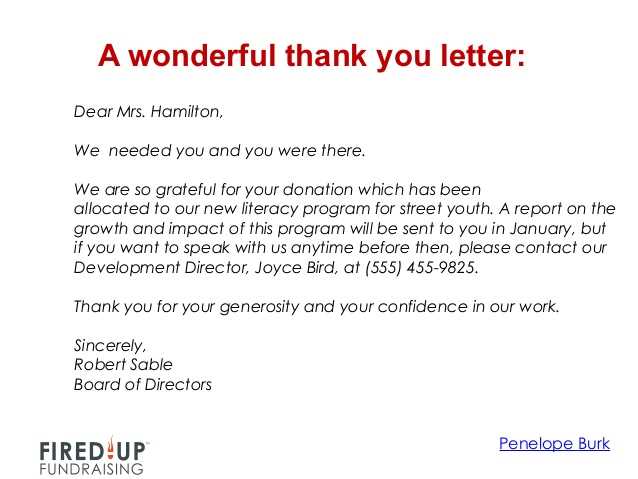
One of the most common mistakes is using generic or impersonal wording. A message that doesn’t address the specific actions or contributions of the recipient can appear insincere. To avoid this:
- Include details about what the recipient did and why it was meaningful to you.
- Avoid overly general statements that could apply to anyone.
- Use the recipient’s name and acknowledge specific efforts or qualities.
Inappropriate Tone or Language
The tone of your message is critical, and choosing the wrong one can lead to misunderstanding. Whether it’s too casual or overly formal, the tone should align with your relationship with the recipient. Common errors include:
- Using overly casual language in a professional setting.
- Being excessively formal when the situation calls for a warmer, more approachable tone.
- Not adjusting the language to reflect the context of the relationship or situation.
Professional Letter Examples for Gratitude
Expressing appreciation in a professional setting requires careful attention to tone and content. Crafting a well-structured and thoughtful message can enhance relationships and leave a positive impression. Below are examples of how to frame your appreciation in different professional contexts, ensuring your message remains respectful and impactful.
These examples demonstrate how to articulate gratitude effectively, whether after a job interview, successful collaboration, or receiving assistance in a work-related task. Each situation calls for slight adjustments in language and style, yet the core principle remains the same: to convey genuine acknowledgment and respect.
Example 1: Post-Interview Appreciation
Subject: Appreciation for the Interview Opportunity
Dear [Recipient’s Name],
I would like to express my sincere appreciation for the opportunity to interview with [Company Name] for the [Job Title] position. It was a pleasure learning more about the company’s goals and vision. I truly value the time and effort you invested in our conversation, and I am excited about the possibility of contributing to your team. Thank you once again for your consideration.
Sincerely, [Your Name]
Example 2: Appreciation for Collaboration
Subject: Appreciation for Your Support
Dear [Recipient’s Name],
I want to take a moment to thank you for your invaluable assistance during our recent project. Your expertise and dedication were key to its success, and I deeply appreciate the effort you put into ensuring everything went smoothly. Working with you has been a rewarding experience, and I look forward to the possibility of collaborating again in the future.
Best regards, [Your Name]